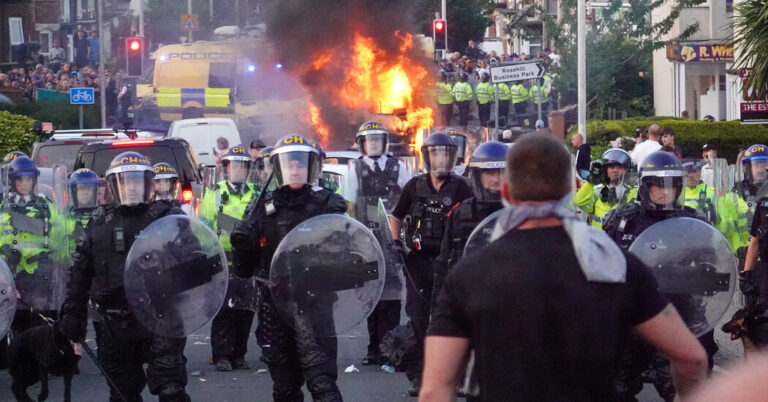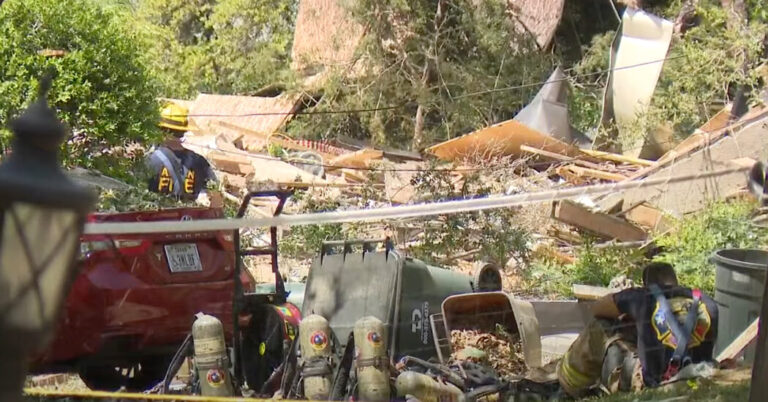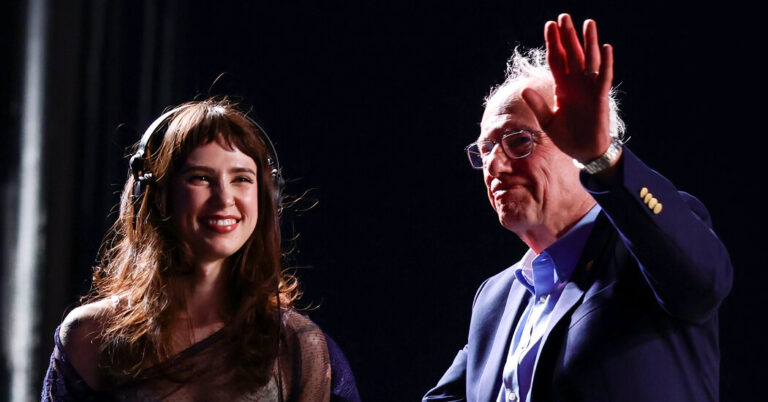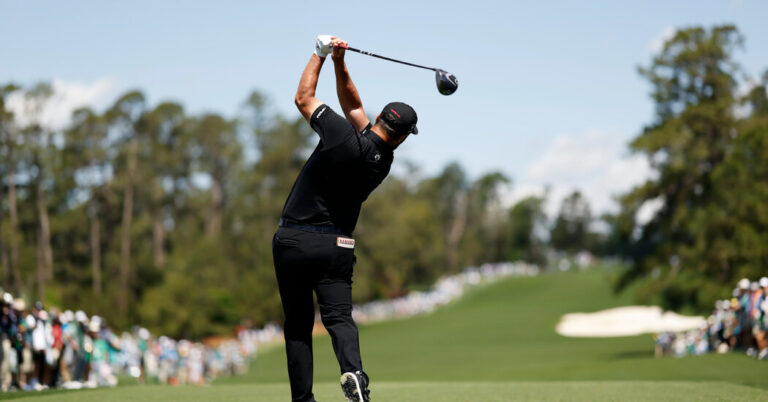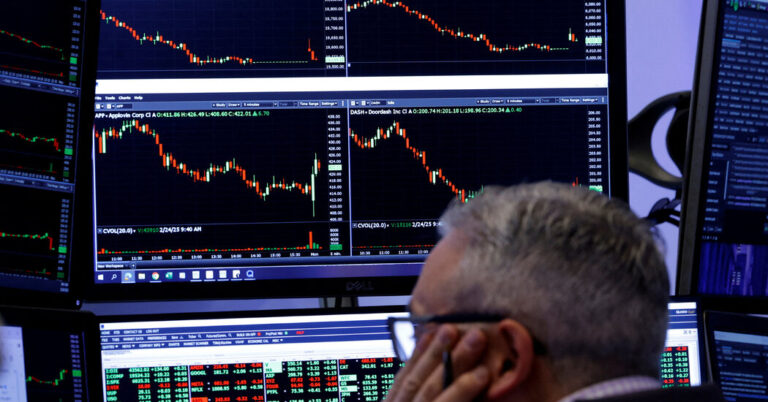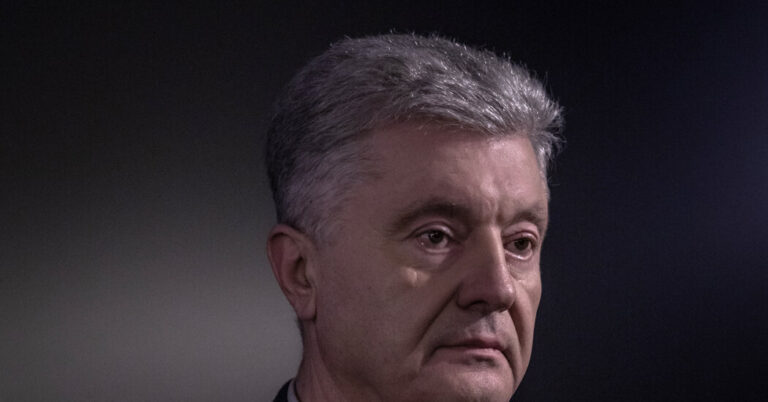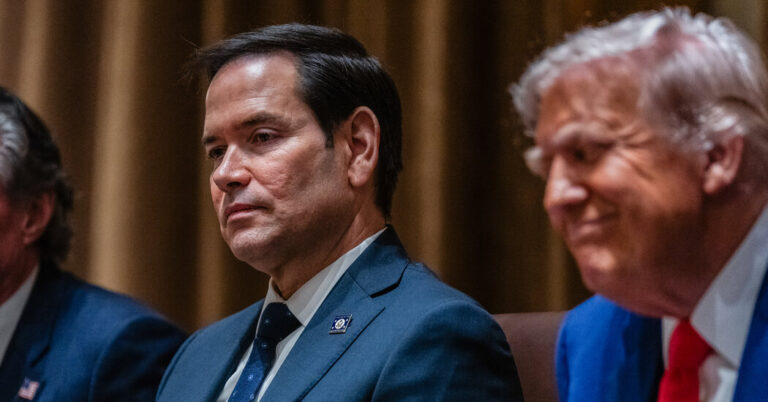British laws restricting what the police can say about criminal cases are “not fit for the social media age,” a government committee said in a report released Monday in Britain that highlighted how unchecked misinformation stoked riots last summer.
Violent disorder, fueled by the far right, affected several towns and cities for days after a teenager killed three girls on July 29 at a Taylor Swift-themed dance class in Southport, England. In the hours after the stabbings, false claims that the attacker was an undocumented Muslim immigrant spread rapidly online.
In a report looking into the riots, a parliamentary committee said a lack of information from the authorities after the attack “created a vacuum where misinformation was able to grow.” The report blamed decades-old British laws, aimed at preventing jury bias, that stopped the police from correcting false claims.
By the time the police announced the suspect was British-born, those false claims had reached millions.
The Home Affairs Committee, which brings together lawmakers from across the political spectrum, published its report after questioning police chiefs, government officials and emergency workers over four months of hearings.
Axel Rudakubana, who was sentenced to life in prison for the attack, was born and raised in Britain by a Christian family from Rwanda. A judge later found there was no evidence he was driven by a single political or religious ideology, but was obsessed with violence.
Karen Bradley, the Conservative Party lawmaker who leads the Home Affairs Committee, said “bad-faith actors” exploited the attack. But she added that a lack of accurate information allowed lies to proliferate.
“By failing to disclose information to the public,” she said, “false claims filled the gap and flourished online, further undermining confidence in the police and public authorities.”
The committee’s report pinpointed two false claims that were shared on X. One, posted about two hours after the attack, claimed the suspect was a “Muslim immigrant.” It received more than 3.8 million views.
The second, posted about five hours afterward, falsely suggested the suspect was an asylum seeker named “Ali-Al-Shakati” who was on an “MI6 watch list.” The post received about 27 million views on X within a day. Merseyside Police, the local force investigating the attack, did not announce that the name was wrong until midday July 30.
Hours later, the first riot broke out in Southport. The disorder continued in multiple towns and cities, and many protests targeted mosques and hotels housing asylum seekers. Two buildings were set on fire while people were inside. More than 300 police officers were injured during the riots, and the response cost the police an estimated 28 million pounds, or about $36 million, the report said.
It added that Merseyside Police “were put in a very difficult position” because they were legally barred from disclosing the suspect’s identity and received “inconsistent advice” from prosecutors about whether they could confirm he was not Muslim.
The committee’s report acknowledged that it was impossible to determine “whether the disorder could have been prevented had more information been published.”
But it concluded that the lack of information after the stabbing “created a vacuum where misinformation was able to grow, further undermining public confidence,” and that the law on contempt was not “fit for the social media age.”
In Britain, a law bans the naming of suspects under 18 unless a judge makes an exception. Mr. Rudakubana was 17 at the time of the attack. Another law, designed to protect the right to a fair trial, bans the publication of information that could influence a jury. That rule, part of the 1981 Contempt of Court Act, is lifted once a defendant is found guilty or innocent.
Serena Kennedy, Merseyside’s chief constable, told the committee that the police disclosed on the evening of July 29 that the attacker had been born in Wales, but misinformation had already proliferated.
Ms. Kennedy said she had planned to make an announcement two days later clarifying that Mr. Rudakubana was not Muslim and that his parents were Christian. After notifying the Crown Prosecution Service, the body that brings criminal charges in England, an official told her the information should not be made public, she said.
“This case highlights why we need to look at how we handle releases of information to the public, while also making sure that we do not impact on the criminal justice trial,” Ms. Kennedy said, adding that contempt laws did not “take account of where we are in terms of the impact of social media.”
In a statement, the Crown Prosecution Service said that although an official expressed “different views” on the disclosure of Mr. Rudakubana’s religion, they did not tell the police it would bias a jury.
The statement added, “We support proposals for law reform which will make the application of contempt law clearer and simpler — especially when linked to heightened matters of general public interest such as public safety or national security.”
Since the Southport attack, the Law Commission of England and Wales has been conducting a review of the Contempt of Court Act.


